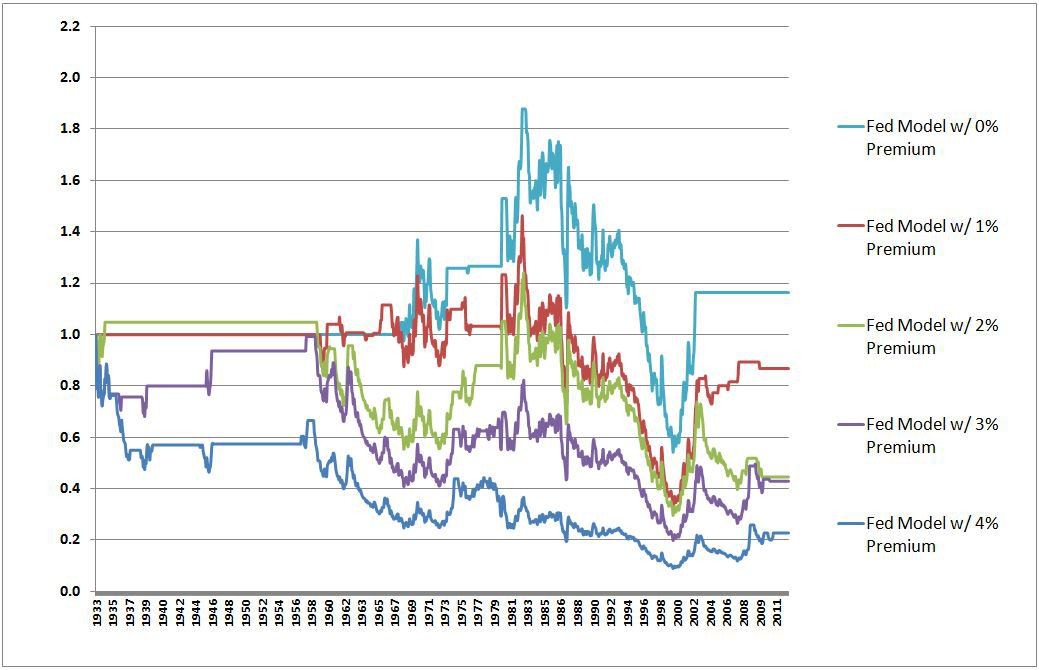BuyandHold Investing The Surprising Returns
Post on: 27 Июнь, 2015 No Comment

Buy-and-Hold Investing: The Surprising Returns
By: Jeff Brown
Sure, sure, you’ve heard it before: Smart stock market investors hang on. They resist the temptation to bail out when the market is down or to cash in and live high when the market is up.
Trying to “time” the market, or move money in at the low points and out at the high ones, is too risky for amateurs, who are likely to get the timing wrong.
But what actually happens to people who do this?
Most studies of the market’s long-term performance assume holdings are left untouched through the decades, and that all interest, dividends and capital gains are reinvested. But now Morningstar, Inc. the market-tracking firm, has studied investor behavior, where the holdings are touched as opposed to untouched and they’ve reached some grim conclusions.
Take the CGM Focus fund (Stock Quote: CGMFX ), for example, which produced annual returns averaging an impressive 17.84% for the 10 years ended July 31, investing mainly in large-company stocks. Unfortunately during this time the fund’s average investor lost 16.82 % a year.
The average annual return, which is the figure you see in most performance reports and advertising, tracks the fund’s share price and various reinvested gains. An investor could have enjoyed this return by putting money in 10 years ago and leaving it alone.
Morningstar’s Surprising Findings
But many investors don’t do that. So Morningstar figured “investor returns” by looking at the flow of investors’ cash in and out of the fund. Obviously, anyone who put money into the fund just after it had a large gain would not see that gain in his or her results. And those who pulled money out after the fund price dropped would suffer the loss and miss any rebound.
An investor who started with $10,000 would have had $51,633 after 10 years with a buy-and-hold strategy, or only $1,585 by jumping in and out the way the average investor did.
Even if you follow a buy-and-hold strategy, you can be affected by the foolish behavior of other investors. The fund must sell assets to generate cash for investors who redeem their shares. Any net gains from such sales must be paid out to people who own the shares when the distribution is made late in the year, and distributions can generate tax bills.
Funds that have wide swings in returns tend to have the most in-and-out trading by investors, and they therefore often generate lots of taxable distributions.
The buy-and-hold investor in the CGM Focus Fund would have seen tax bills trim his return from 17.84% to 16.05%.
Many index-style funds have less portfolio turnover and less price volatility, and tend to attract buy-and-hold investors. As a result, investor returns are fairly close to fund returns. The annualized return for the Vanguard 500 Index Fund (Stock Quote: VFINX ) was -1.26% for the 10 years ended July 31, while the investor return was actually slightly better, -0.47%. That suggests the fund’s shareholders put slightly more money in after the downturns than they took after the upswings, a good practice.
This indexer has also been kind at tax time. The 10-year after-tax return of -1.64% is just a tad worse than the -1.26% pre-tax return.
Use the Savings, Taxes and Inflation Calculator to see how shaving a percentage point or two from your annual returns can stunt investment growth.
For more ways to save, spend, invest and borrow. visit MainStreet.com.














